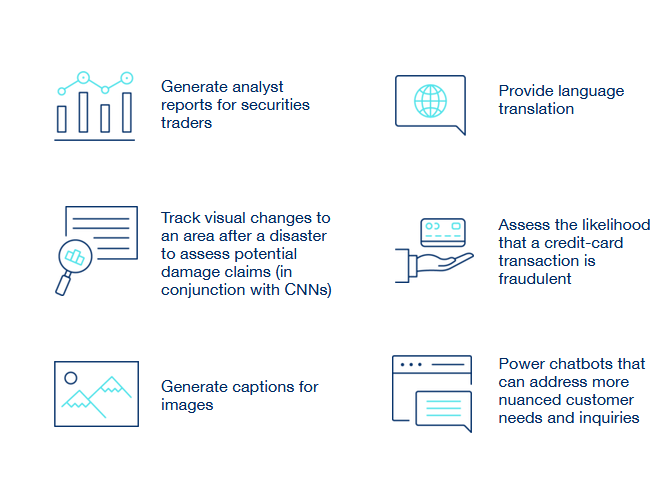Complete AI guide with use cases
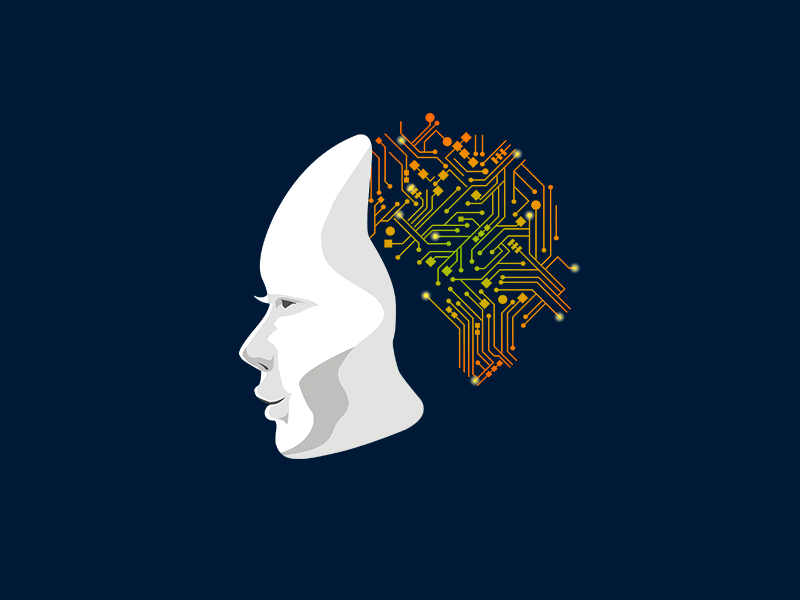
Introduction
Popularity of Artificial Intelligence (AI) has exploded in the past few years mainly due to technologies such as Big Data, Cloud Computing, GPUs and advancement in AI algorithms.
Big Data technologies like Hadoop and Spark have made data collection, data analysis and data cleaning easier. Cloud Computing makes deploying models cheaper while GPUs shortens the time it takes to train a model. Advancements in machine learning especially in deep learning frameworks has increased the accuracy of the models.
Today, anyone, anywhere in the world with an Internet connection can leverage the concepts in this article to create their own AI. AI can be used to predict anything, the only condition being that you have the relevant data (and lots of it!)
Machine learning
Machine learning is a branch of statistics which analyzes data and generates patterns in it. There are three categories of machine learning; descriptive, predictive and prescriptive.

The three major types of machine learning are; supervised, unsupervised and reinforcement leaning.
Supervised learning
What it is

When to use it
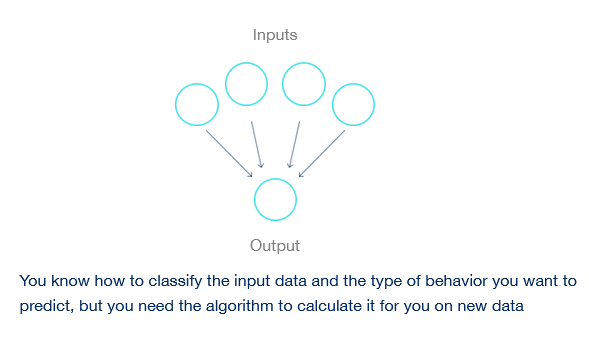
How it works
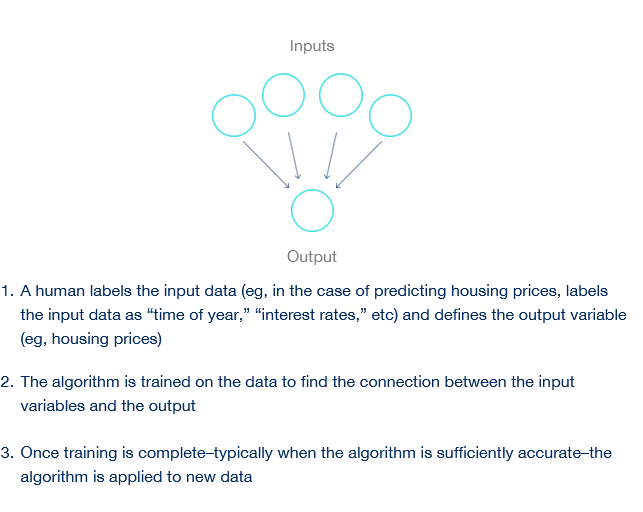
Popular Algorithms
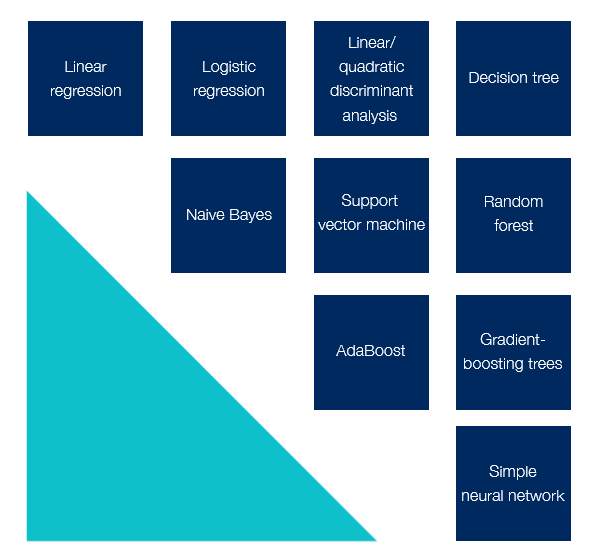
Linear Regression

Logistic Regression

Linear/quadratic discriminant analysis
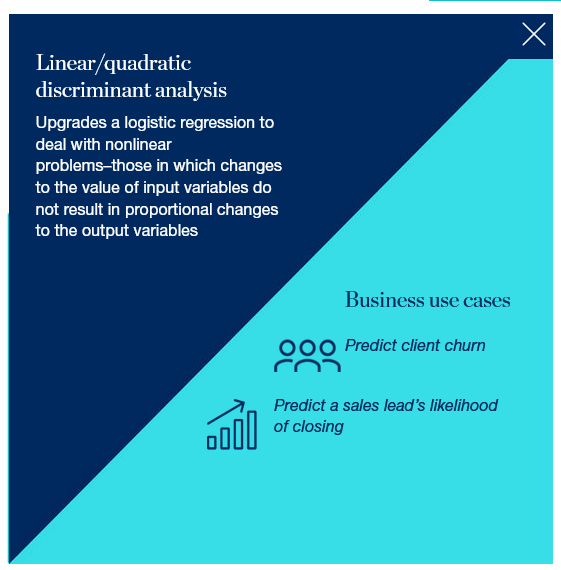
Decision tree

Naive Bayes

Support vector machine
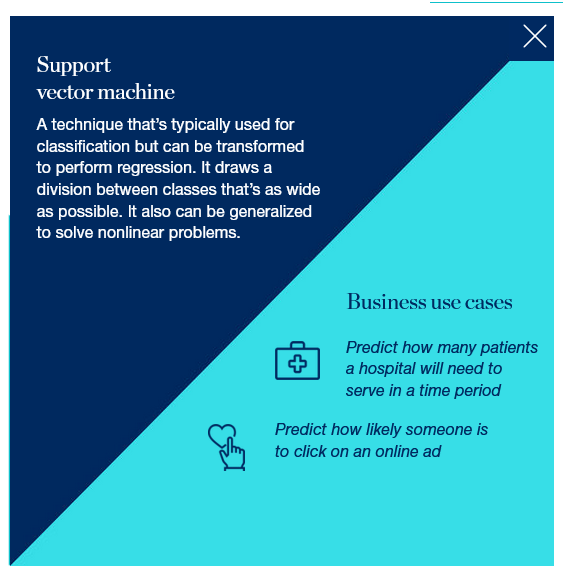
Random forest

AdaBoost
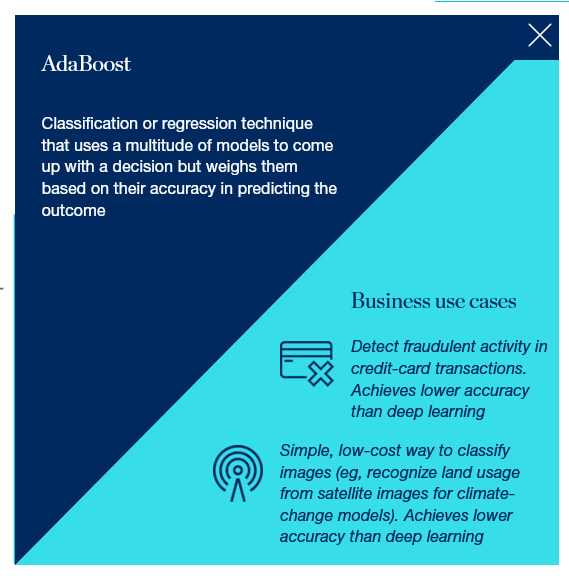
Gradient-boosting trees

Simple neural network
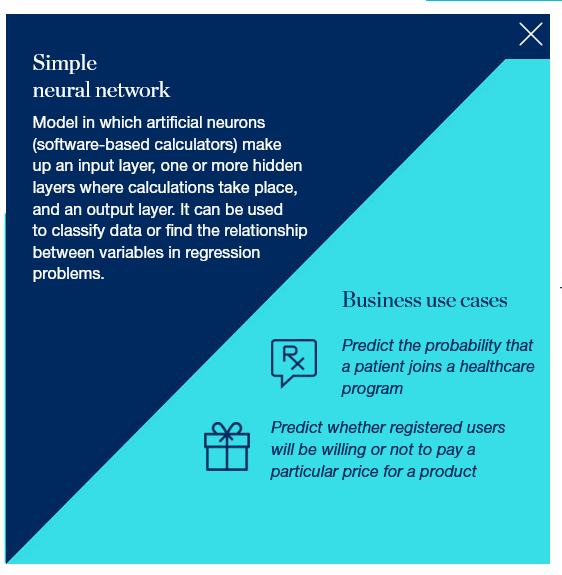
Unsupervised learning
What it is
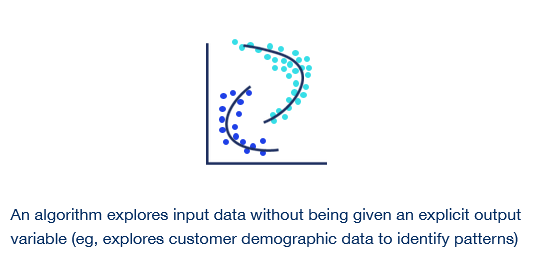
When to use it
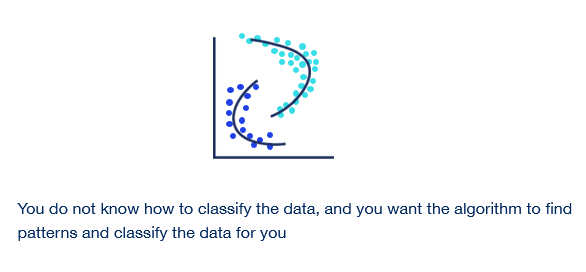
How it works

Popular Algorithms
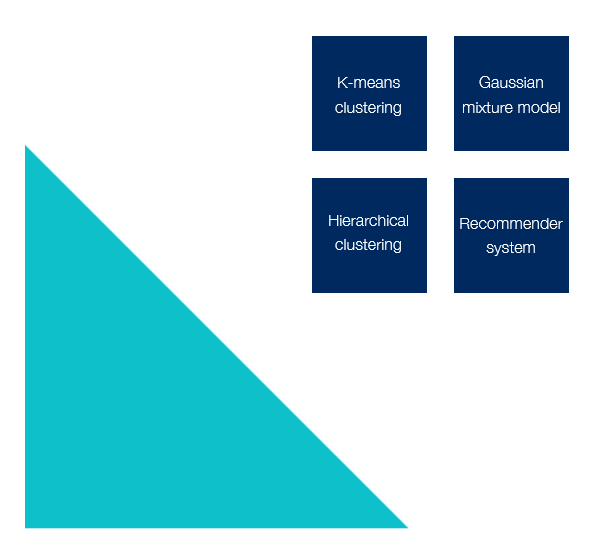
K-means clustering
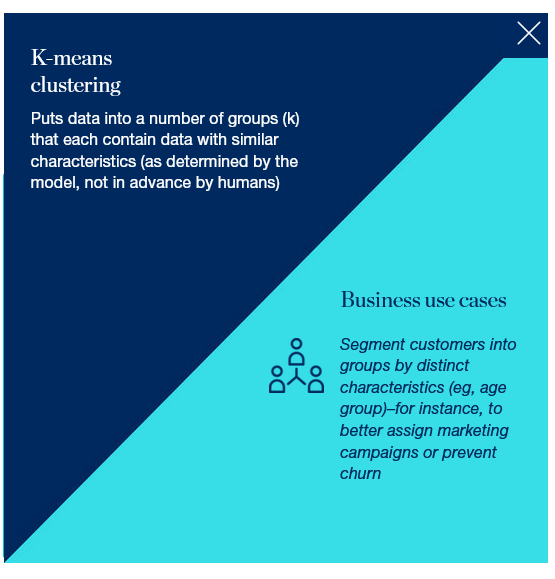
Gaussian mixture model
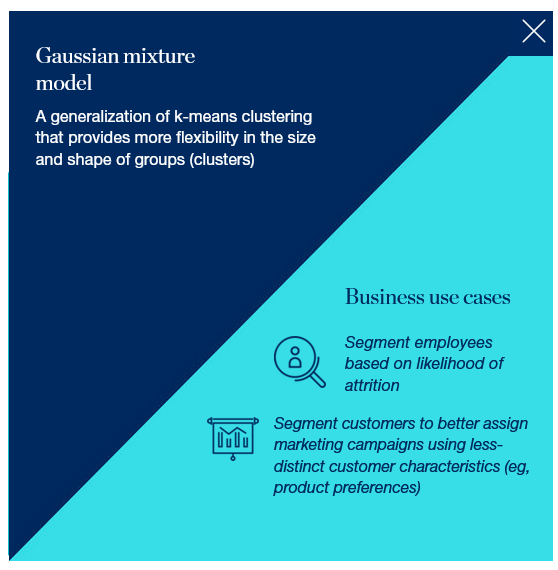
Hierarchical clustering

Recommender system
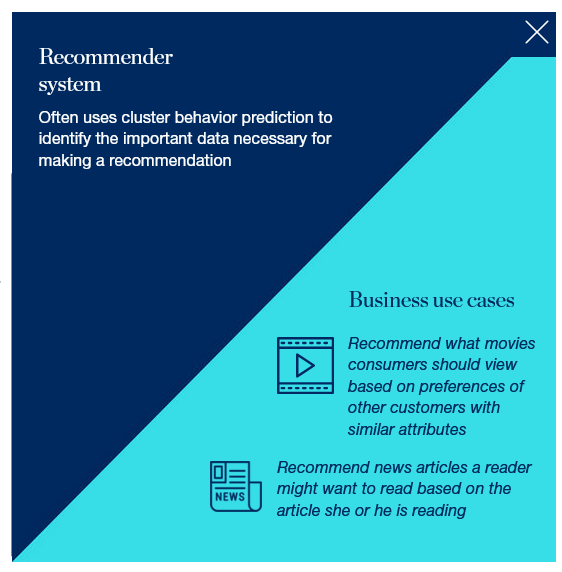
Reinforcement learning
What it is

When to use it

How it works
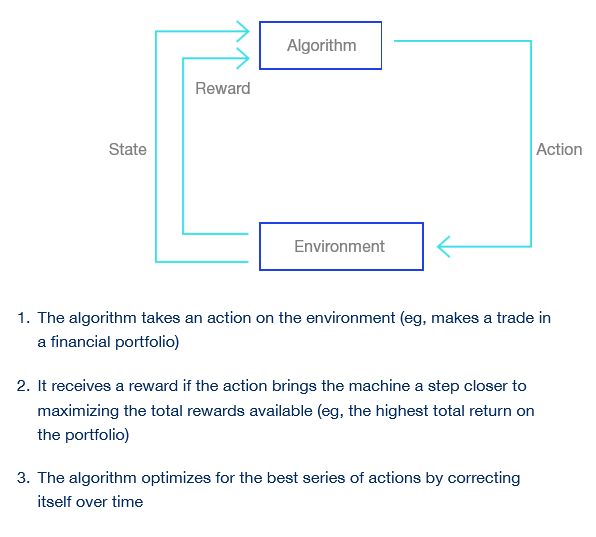
Business Use Cases
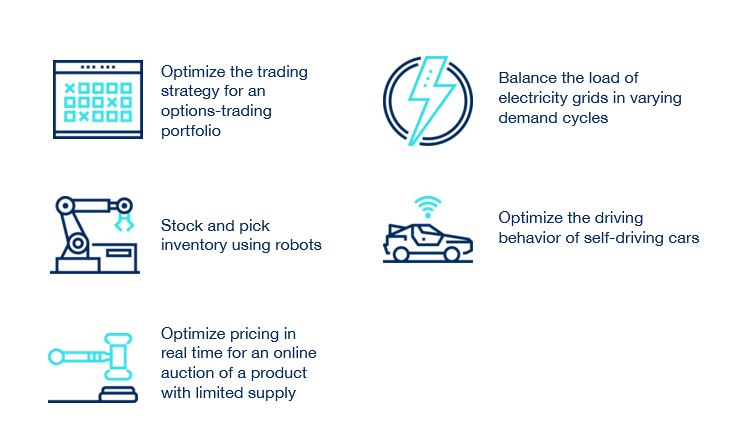
Deep Learning
Deep learning or deep neural networks is a branch of machine learning which use an interconnected layer of calculators known as neurons which ingest large amounts of data in its input layers, digests it in its hidden layers and produce results in its output layers. Deep learning techniques are widely used by most, if not all major IT companies as their accuracy especially in image, voice and facial recognition is leaps and bounds above traditional machine learning algorithms.
There are many types of deep learning frameworks; boltzmann machine, autoencoders, capsule networks, general adversarial networks etc. In this article, we will focus on convolutional and recurrent neural networks.
Convolutional neural network
What it is
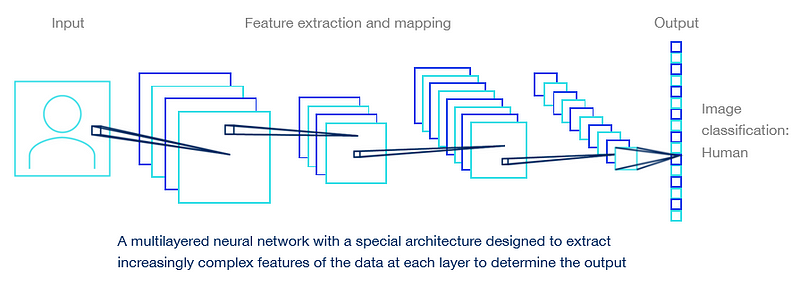
When to use it
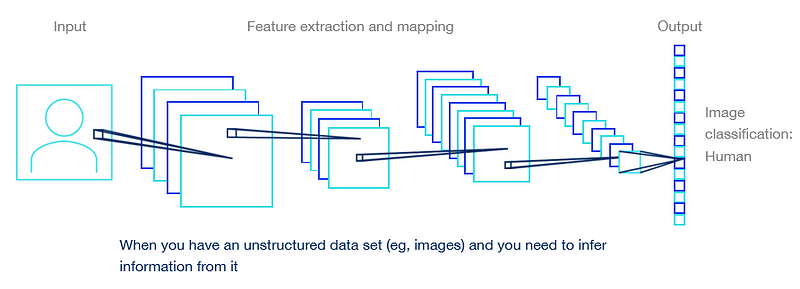
How it works

Business Use Cases
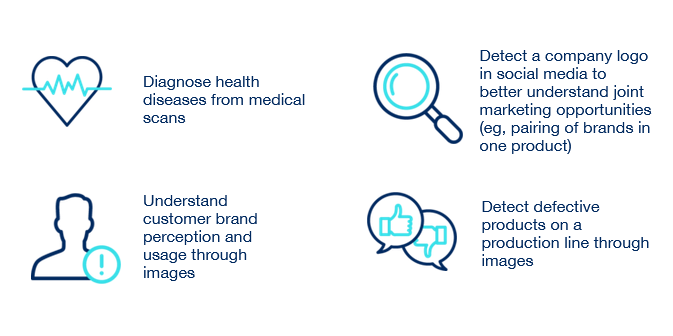
Recurrent neural network
What it is

When to use it
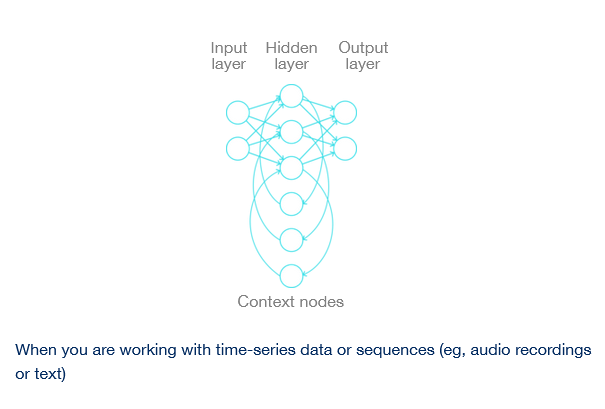
How it works

Business Use Cases
